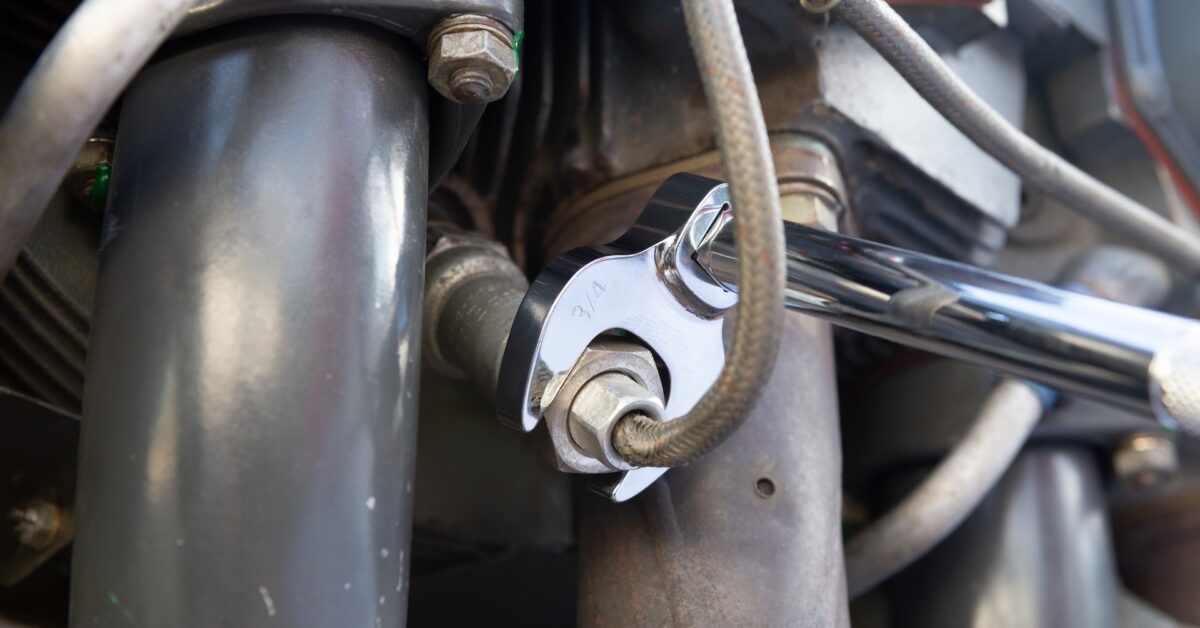To properly connect your hydraulic hoses, choose the correct fittings. They are crucial in maintaining pressure, sealing, and keeping your system safe.
Hydraulic fittings come in various shapes, materials, thread forms, and seal options. This can make it challenging to identify the right one for your application.
Size
Hydraulic fittings are small components that connect to or go around pipes, hoses, tubes, and other structures. They have many different sizes, shapes, and strengths.
The size of the hydraulic hoses and fittings you choose will affect the application. If a hose is too large, it can cause damage to the system or equipment.
Similarly, if a hose is too small, it can be challenging to install and may need to be fixed.
Selecting the suitable hydraulic hose and fitting is vital for optimizing performance, safety, and productivity. It involves steps and considerations: size, pressure, temperature, material/media, end connection type, and delivery.
Material
The material used to make hydraulic fittings determines their characteristics, including the strength they need to handle high pressures in hydraulic systems and resist rust and corrosion from the fluid inside. Choosing the wrong material can reduce system efficiency and even pose safety issues.
Steel and stainless steel offer the best corrosion resistance. However, aluminum can also be an option.
Carbon and stainless steel are typically alloyed with other metals to increase their tensile strength. These alloys are often used in agricultural and industrial applications, which require the most robust materials available for a specific application.
Metals are generally preferred over plastics for high-pressure hydraulic systems because they provide strength and durability. They are also resistant to corrosion in most environments.
Pressure
Properly selecting a hydraulic fitting is essential to ensure the integrity of your application and avoid damage or failure of other components. This includes selecting the correct sized fitting to match the hoses and the conduit diameter of your line and choosing the appropriate material.
The type of material chosen for a hydraulic fitting depends on the fluid used to seal or connect and the operating environment. Common choices include brass, aluminum, and carbon steel. They should also be resistant to corrosion.
Vibration
Hydraulic fittings connect hoses, pipes, and tubes to hydraulic pumps, valves, and other accessories. These components help contain and direct the flow of hydraulic fluid, prevent leaks, and maintain pressure.
The type of hydraulic fittings you choose will significantly impact how your system works. Choosing the wrong ones can reduce efficiency and even cause significant safety problems.
Temperature
Hydraulic fittings should be able to create a tight seal and prevent leakage in the application. This is a critical factor in ensuring your hydraulic system runs smoothly.
Choosing the correct type of hydraulic fittings for your application is essential, as they can affect the durability and performance of the entire system.
The most common hydraulic hose fittings are steel, stainless steel, and brass.
These metals are durable and can tolerate a temperature range of -65degF to 500degF.
Hydraulic fittings made from stainless steel are generally preferred for specific applications due to their superior corrosion resistance and high strength. However, they are more expensive than other alternatives.


